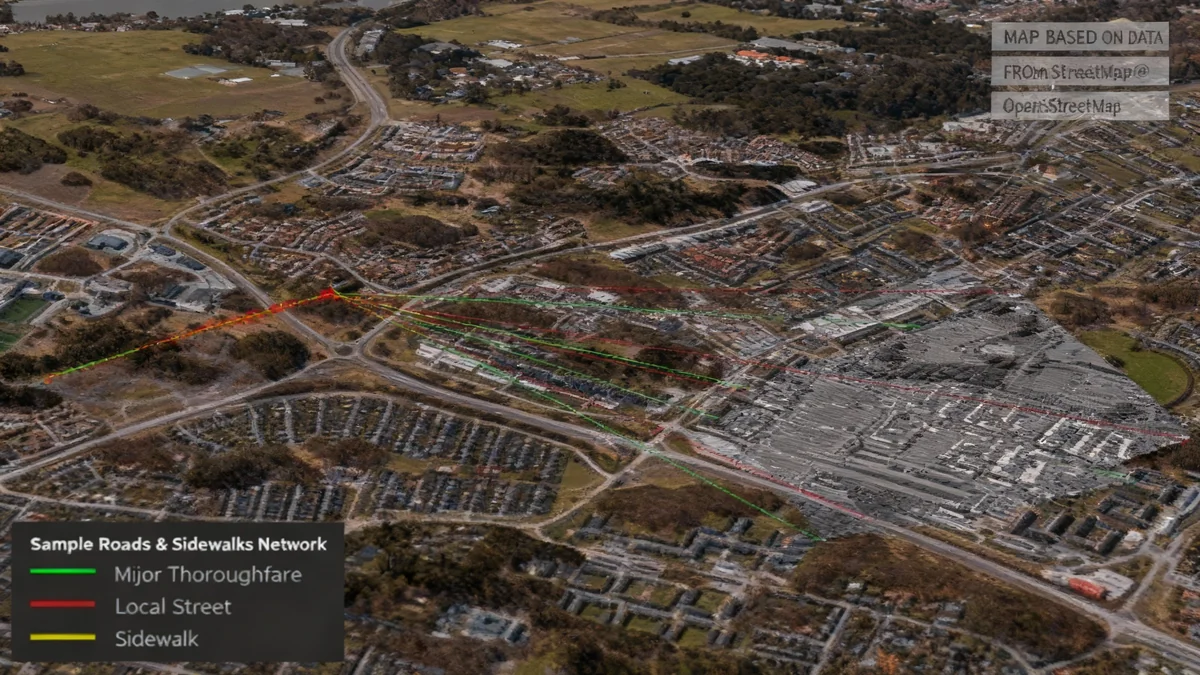The European Commission has introduced a detailed plan to bolster the European Union's defense capabilities by the end of the decade. The strategy, titled "Preserving Peace – Defence Readiness Roadmap 2030," was presented on October 16 and outlines specific milestones for enhancing military readiness across member states.
This roadmap is a direct follow-up to the March White Paper for European Defence and is part of the larger ReArm Europe/Readiness 2030 initiative. The overall goal is to mobilize up to €800 billion ($933 billion) in defense investments to address growing geopolitical instability and increase Europe's military sovereignty.
Key Takeaways
- The European Commission released the "Defence Readiness Roadmap 2030" to guide EU military enhancement.
- The plan is part of a broader strategy to mobilize €800 billion in defense investment.
- It establishes four flagship programs: Drone Defense, Eastern Flank Watch, Air Shield, and Space Shield.
- The roadmap also aims to create an EU-wide military mobility area by 2027 to speed up troop deployment.
A New Framework for European Defense
The European Commission's new roadmap provides a concrete timeline for actions first proposed in its defense white paper. Commission President Ursula von der Leyen described the document as “a clear plan with shared goals and concrete milestones on our path to 2030.” The initiative aims to translate broad strategic priorities into actionable steps for all member states.
The plan focuses on closing critical capability gaps, investing in advanced technologies, and ensuring the bloc is prepared for potential worst-case security scenarios. It is designed to create a more integrated and self-reliant European defense posture in response to heightened tensions with Russia and other global challenges.
Background: The ReArm Europe Initiative
The roadmap is a component of the ReArm Europe/Readiness 2030 package. This comprehensive strategy does not rely on a single fund but instead combines multiple financial streams, including national defense spending, joint procurement tools, and EU-backed loans to stimulate investment in the defense sector.
The Four Flagship Programs
At the core of the roadmap are four pan-European flagship programs. These large-scale projects require significant coordination in capabilities, infrastructure, and logistics among member states. The EU will play a central role in unlocking funding and providing institutional support.
1. European Drone Defense Initiative
Recent drone incursions into the airspace of several member states have highlighted a significant vulnerability. This initiative will create a coordinated system for detecting, tracking, and neutralizing unmanned aerial threats. The system is designed to be fully interoperable with NATO operations. The roadmap sets a target for initial capability by the end of 2026, with full functionality expected in 2027.
2. Eastern Flank Watch
This program will establish a layered security posture along the EU's eastern border. It integrates land, air, and sea defenses, including advanced anti-drone systems and ground-based assets. The initiative also covers maritime security in the Baltic and Black Seas and enhances situational awareness for border management. The plan calls for initial capacity by late 2026 and full operational status by the end of 2028.
3. European Air Shield
The European Air Shield aims to build an integrated, multi-layer air and missile defense system across the continent. A key requirement is that this shield must be fully interoperable with existing NATO defense structures. According to the roadmap, the launch of this critical program is scheduled to begin by the second quarter of 2026.
Military Mobility by 2027
A key supporting goal of the roadmap is the creation of an EU-wide military mobility area by 2027. This involves harmonizing rules and building a shared network of land, air, and sea corridors to allow for the rapid movement of troops and equipment across borders.
4. European Space Shield
To protect the EU's critical space assets and services, the roadmap includes the European Space Shield. This program will integrate with existing systems like the Galileo navigation and IRIS² secure communication constellations. Emphasis will be placed on space domain awareness, anti-jamming capabilities, and developing in-space services such as satellite refueling. The Commission plans to launch the Space Shield in the second quarter of 2026, although budget details have not been released.
Mobilizing Investment and Political Will
The financial framework for the ReArm Europe/Readiness 2030 package is multifaceted. It is not a single, pre-funded envelope but rather a combination of national spending and new EU-level instruments. A proposed loan instrument, Security Action for Europe (SAFE), aims to scale up investment through common procurement.
Additionally, the plan seeks to mobilize private capital by leveraging the European Investment Bank (EIB) to attract private investors and accelerate the delivery of defense equipment. This strategy is intended to create a sustainable funding model for Europe's long-term security needs.
"This plan is how we are going to mobilize ourselves, member states, and EU institutions to deliver. The roadmap is about delivery planning, and about delivery of flagships."
During the official presentation, European Defense Commissioner Andrius Kubilius emphasized the scale of the challenge ahead. He noted that the roadmap's implementation places a “very heavy task and mandate” on the Commission, EU institutions, and member states.
Kubilius concluded that delivering on these ambitious goals “will demand huge efforts on our side.” The success of the roadmap will depend on sustained political commitment and effective coordination across the European Union over the next six years.





